 |
Whatever the condition of your car, whether brand new or a classic second hand, if you have it running for quite a long time, chances are, it needs some repairs. For certain situations, this includes sending your vehicle to a reliable auto repair shop for preventive engine repairs and routine upkeep.
Such a process includes fixing spark plugs, tubes, filters, and other damaged components. Most of the time, your car will demonstrate some signs suggesting a repair is required. Sometimes, some cars don’t show any indications that repairs are needed at all until a breakdown happens. In any event, getting your car repair and maintained should guarantee that everything continues to function smoothly and you can get that by visiting borstautomotive.com.
Any inadequacies may negatively impact the good looks of the vehicle. Still, most can compromise the safety of not only the driver but also the passengers and the wider public.
Below is a list of the top seven warning signals that may result in inevitable failure if you keep driving.
1. Warning Lights On The Dashboard
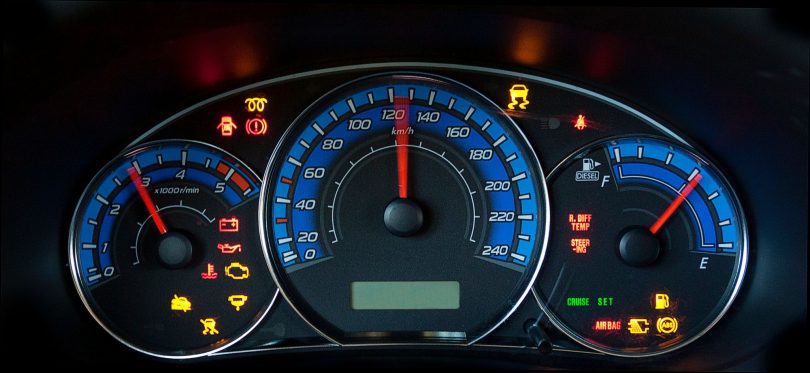
Source: wrench.com
The flashing lights on your dashboard are indications that some repair is required. Unfortunately, when this happens, one of the hundred issues may have occurred. Thus, it’s difficult to know if the problem is a significant or a negligible concern. This problem becomes much more critical when the light starts flashing.
Hence, whenever you see a warning signal on the dashboard, check the owner’s manual to identify the probable reason and, after that, obtain professional assistance.
In Webster, New York, as its several satisfied customers will testify, the mechanics at Vision Hyundai Webster (visit site) have established their company with a genuine, no-nonsense approach to automobile maintenance and repairs.
2. Increased Difficulties Starting The Car
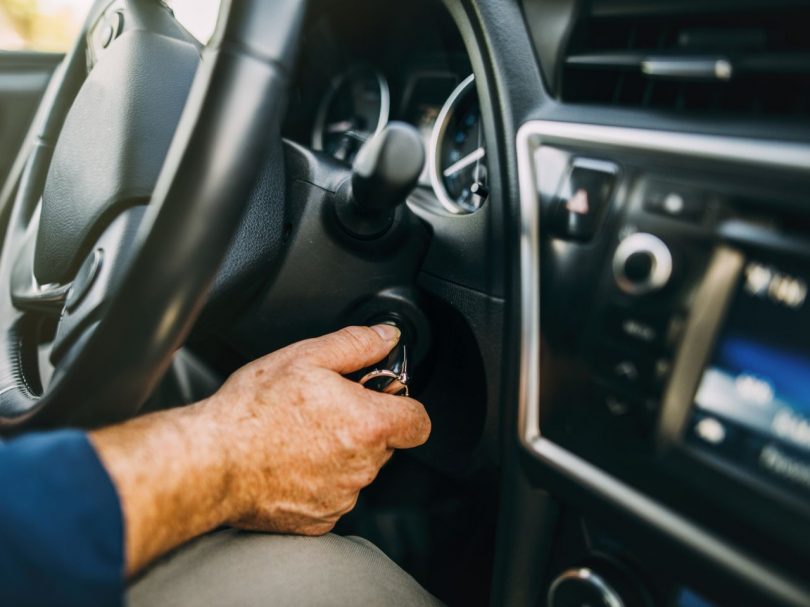
Source: liveabout.com
Once your car seems to have trouble starting, it may correspond to a variety of problems, a bad battery, or a damaged fuel pump, but it may also be a question of ignition that a basic tune-up may remedy. The only way to know what’s causing the problem is by allowing a mechanic to assess it.
3. Poor Braking Ability
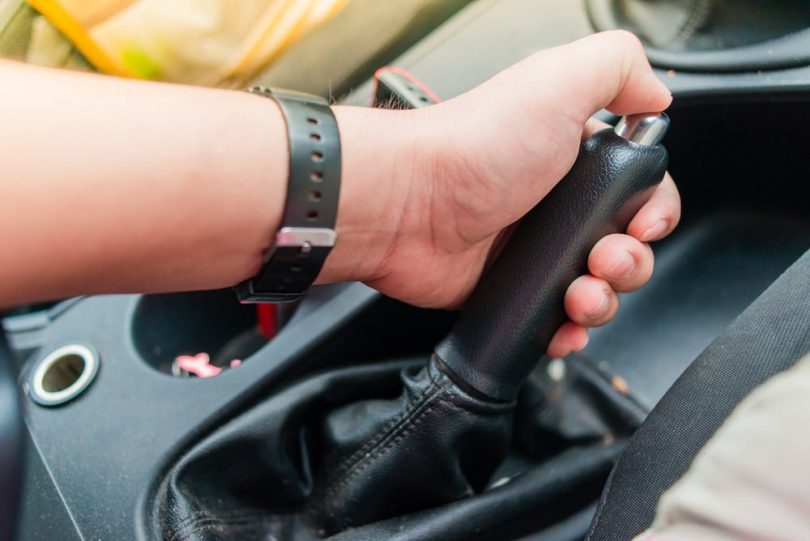
Source: engevel.com.br
When it comes to ensuring your safety on the roads, your brakes are integral. Therefore, this should certainly be looked after by a professional.
Common indicators of problems with the braking mechanism of your car involve dragging or squealing as when brakes are stepped on and the brakes may seem spongy and struggling to stop the vehicle properly. Squealing brakes are triggered by brake pads that tear the metal beneath the pad coating. The metal underneath the brake pad comes into close contact with the brake rotor by this point, at least.
This may be disastrous since it may be generating unnecessary heat, decreasing stopping efficiency, and may require you to purchase new rotors and pads. Spongy and weak brakes will create problems with your master cylinder — the one that transforms your pedal’s mechanical pressure into hydraulic pressure for braking.
4. Occasional Or Persistent Stalling
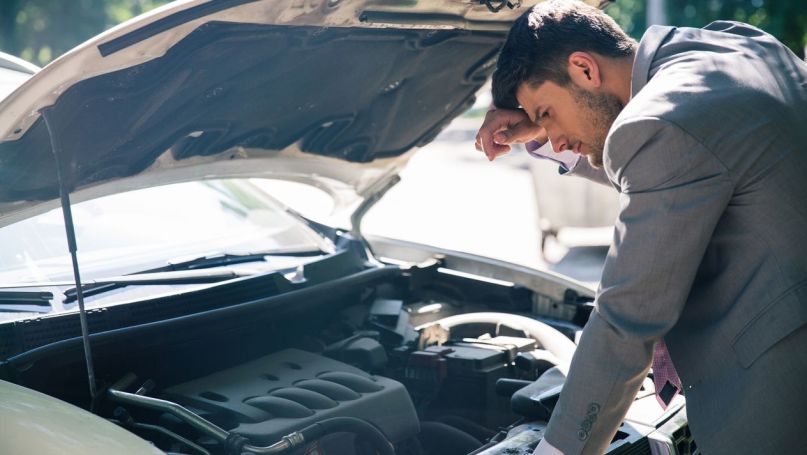
Source: noticias.masrefacciones.mx
The reason whenever your car is stalled while you’re driving may be a defective spark plug or filthy connections (the car stalls when the fuel doesn’t burn as it should). Pay attention to particular occasions where the car breaks down. For instance, when it’s cold, will it stop? When is it hot? While using the air conditioner? These details will assist your mechanic in locating the cause of the problem.
5. Unusual Sounds Or Smells
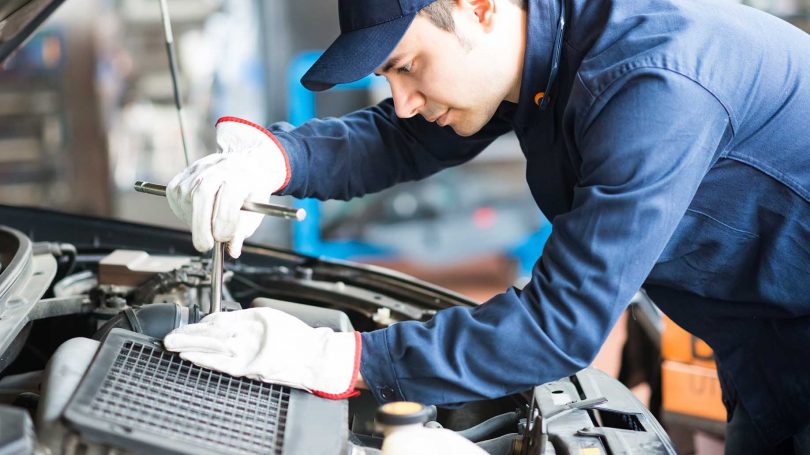
Source: electroworxautomotive.sydney
When you gradually or unexpectedly start noticing odd noises or bad smells, there’s a reason to be alarmed in either case. This can involve a smoky or burning odor, screeching brakes, scraping noises from the tires, scratching sound, or thumping. Either one of these indicators implies a problem.
Hence, watch out for unusual visual signs, such as fumes underneath the hood, unnecessary emissions, or an increasing temperature gauge in addition to peculiar sounds and odors.
6. Leaking Fluids
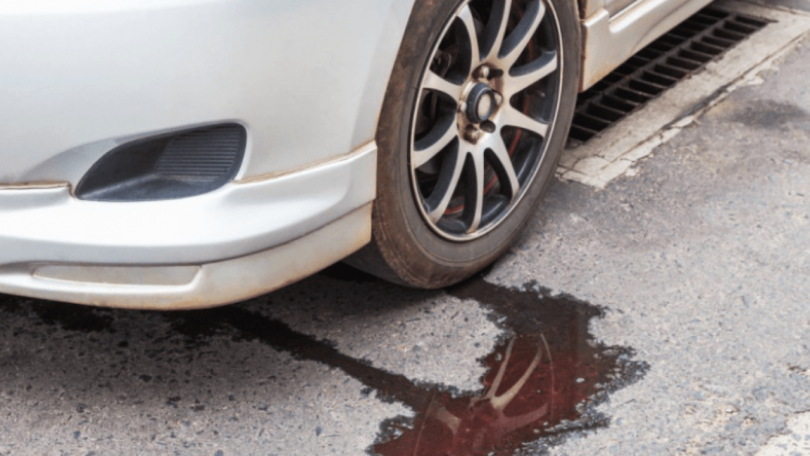
Source: goldeagle.com
Pay close attention to places where you usually park your car by keeping an eye for any signs of leaks. Leaks may be common during hotter months since the air conditioner is running.
However, a reddish fluid along the parking pavements may indicate leakage of transmission fluid. While a greenish fluid leak may mean an issue with the coolant or leakage of engine or brake fluids.
Such leakages suggest a problem. It would be best to seek the help of your local mechanic to deal with and mitigate the problem.
7. Vibration When driving

Source: ridetime.ca
This apparent problem can be attributed to faulty drivetrain parts. But, it can also be induced by misaligned tires or an unbalanced or a flattened one. If you notice some shuddering or vibration when you move your car along, you should be contacting a mechanic.
This problem will, at its worst, undermine the control of the vehicle, possibly causing accidents. It would also wear out the tires quicker than if it were genuine. Unwanted vibrations place stress on critical (and expensive) components, such as suspension and braking, reducing gas efficiency. So, it’s wise to bring the car in as soon as such issues arise.
Final Thoughts
Even though your car doesn’t display any indications that it needs repairs, it might still be time to have your car checked and tuned up to prevent further damages.
However, taking back your car to the dealer for repair services is not that necessary. In essence, your reliable, independent automotive repair shop will provide this service effectively and usually rather inexpensive than that of the dealer.




